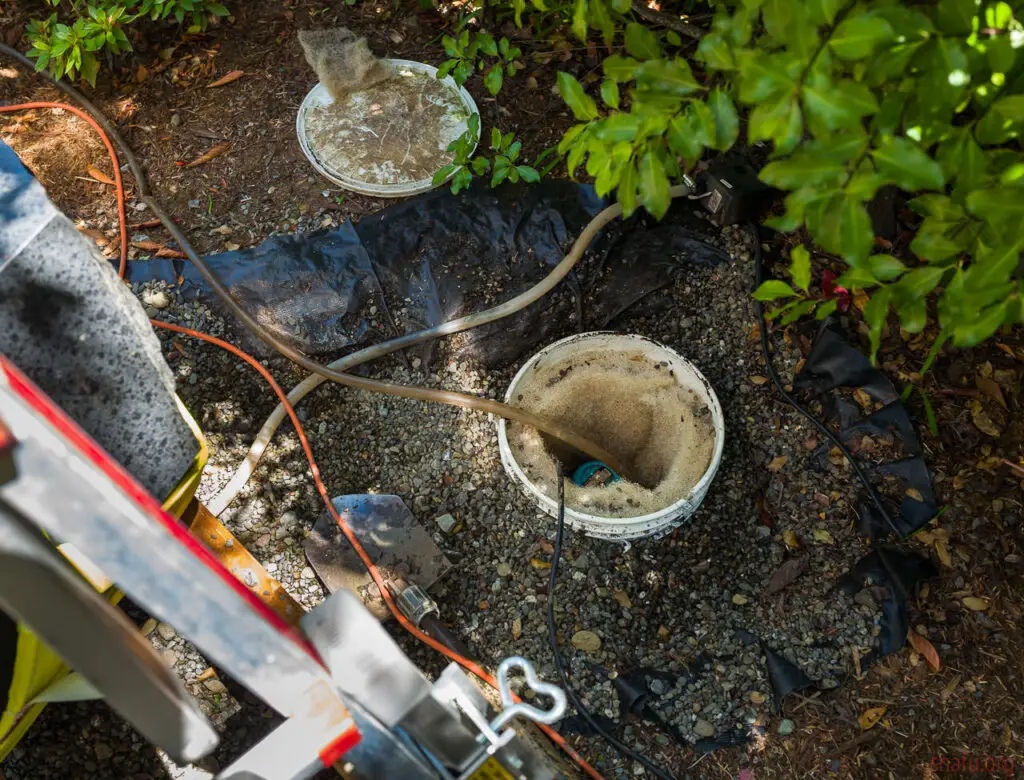
Sewer Damage Repairs Methods
Sewer damage can wreak havoc on properties, leading to foul odors, unsanitary conditions, and structural issues if left unattended. However, with the advancement in technology and plumbing techniques, there exists a range of effective methods for sewer damage repairs. Understanding these methods can empower homeowners and property managers to address sewer issues swiftly and effectively. In this comprehensive guide, we delve into some of the most common and efficient techniques employed for sewer damage repairs.
The Professional Sewer Damage Repair Techniques
1. Traditional Dig and Replace:
This method involves excavating the damaged section of the sewer line and replacing it with new piping. Though it’s one of the oldest techniques, people still widely use it for severe damage that other methods cannot repair. Although effective, it can be disruptive, time-consuming, and costly, as it requires extensive digging and restoration work.
2. Trenchless Pipe Lining:
Trenchless pipe lining, also known as cured-in-place pipe (CIPP) lining, is a minimally invasive technique gaining popularity for its efficiency and minimal disruption. It involves inserting a flexible tube coated with resin into the damaged pipe. The resin hardens to form a new, seamless pipe within the existing one. This method is best for fixing cracks, leaks, and minor structural damage without the need for extensive recess.
3. Pipe Bursting:
Pipe bursting is another trenchless method used to replace damaged sewer lines. It involves pulling a new pipe through the existing damaged one and simultaneously breaking apart the old pipe. This technique is particularly effective for replacing old, deteriorated pipes without the need for extensive digging. It’s quicker and less disruptive compared to traditional dig-and-replace methods.
4. Chemical Grouting:
Chemical grouting is a method used to seal leaks and stabilize soil around sewer lines. It involves injecting a specialized grout mixture into the soil surrounding the damaged pipe. The grout expands to fill voids, cracks, and gaps, effectively sealing leaks and preventing further damage. This technique often complements other repair methods to enhance their effectiveness and longevity.
5. Robotic Pipe Inspection and Repair:
With advances in robotics and camera technology, robotic pipe inspection and repair have become increasingly popular for identifying and fixing sewer damage accurately. Technicians insert robotic cameras into the sewer line to capture real-time footage of the interior, pinpointing the exact location and extent of the damage. Subsequently, they use robotic tools to carry out precise repairs, such as cutting out damaged sections or applying sealants.
6. Hydro Jetting:
Hydrojetting is a highly effective method for clearing clogs, debris, and mineral deposits from sewer lines. It involves using high-pressure water jets to scour the interior of the pipes, removing obstructions and restoring optimal flow. Hydrojetting not only clears blockages but also helps prevent future clogs by thoroughly cleaning the pipe walls. This technique is often used as a preventive maintenance measure to keep sewer lines functioning smoothly.
ECOS’ Professional Sewer Damage Repairs
Don’t let sewer damage wreak havoc on your property any longer. ECOS offers professional and efficient sewer damage repairs to restore your peace of mind. Whether it’s traditional dig-and-replace methods or advanced trenchless solutions, our expert technicians are equipped with the latest tools and techniques to get the job done right.
Contact ECOS now to schedule a consultation and experience the difference firsthand. Protect your property and ensure a seamless repair process with ECOS – your trusted partner in sewer damage restoration.
Don’t wait until the problem escalates – call ECOS today!

